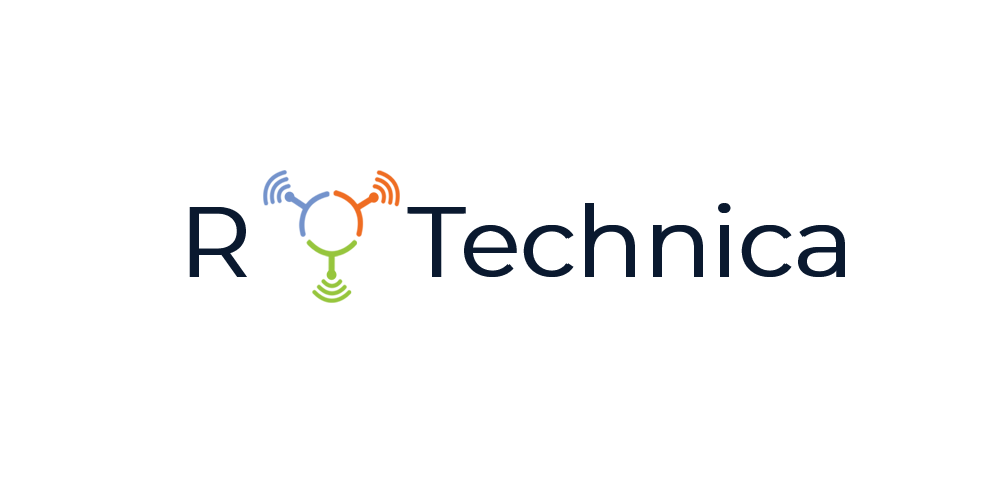There are a million ways to conceal your most valuable belongings. However, a well-known saying recommends another option: “If you want to hide anything, put it in plain sight.” The engineers came up with the wonderful concept of designing digital signatures using a premise—the unveiling of this solution, which blockchain technology has ushered in at an ideal time.
Digital signatures have been more secure as more information has been added to the key, more forms of encryption have been used, and improved signature systems have been implemented.
By complying with eIDAS criteria, such as controlling the private key and detecting when data has been tampered with, advanced electronic signatures have introduced an extra layer of protection.
While e-signatures are not infallible, they are commonly regarded as the gold standard for authentication and non-reputation because they are well-understood and have seen few security issues.
WHAT IS AN E-SIGNATURE?
The electronic signature is defined as a system for guaranteeing the integrity of a digital document and authenticating its author, analogous to a handwritten signature on a paper document. It is, in essence, a tool that enables us to sign papers with the legal force as handwritten signatures. As a result, the electronic signatures eliminate the need for the signatories to meet in person.
However, we are all aware that these issues exist in the field of e-signature:
- Data leak: Storing information on a centralized server is insecure.
- A wide range of structures and services: this results in high prices and frequent data exposure.
BLOCKCHAIN TECHNOLOGY
A fascinating word that keeps coming up in the security world is “blockchain.” This concept has taken hold of the security sector, much like the name “cloud.” But what is it, exactly? It’s a system that can give authentication and immutable copies of data, safeguarding all forms of data exchanges. Before blockchain, what did we do?
Digital signatures have been used to ensure integrity, non-repudiation, and authentication to access the contents of a data set electronically across networks for decades.
E-signatures are extensively used in emails and other systems, and they are formed using a mathematical method that generates a has (“signature”) utilizing data from several sources.
Blockchain provides solutions to the concerns listed earlier. This technology promotes the democratization of e-signatures and their dissemination, among other things. The goal is to make it easier for signatories to identify contractors, and the user is given a private key to protect his data.
RELATIONSHIP BETWEEN E-SIGNATURES AND BLOCKCHAIN
Many firms’ security strategies now include digital signatures, which rely on certificates and complex mathematical procedures to ensure data validity and protection against counterfeiting.
The business ledger portion of blockchain is added to the mix, allowing for multiple signatures, the production of fingerprints and timestamps, and the distribution of information across numerous systems in a network rather than a centralized server.
Blockchain gives the most value to the “proof-of-work” notion because transactions can’t be changed or erased, making transactions and signature technologies much more secure. In addition, the use of safe, private keys instead of public keys can considerably benefit blockchain.
While transactions are extremely safe and virtually unhackable, they are also evident. While transparency can be a dream come true for auditors in many contexts (such as financial institutions), the absence of privacy can impede businesses from thoroughly implementing blockchain in situations where tight privacy standards are required.
It’s also worth noting that decentralized systems aren’t the same as centralized systems. If the latter requires the presence of a third party to check the participant’s data’s reliability, the decentralized models allow any validator to intervene, whether or not a KYC provider.


